American Airlines Pilots Say They’re Not Getting Enough Time to Learn Safety Protocols
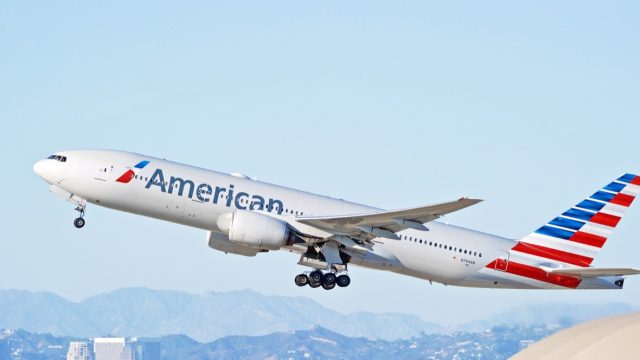
Boarding a plane can be anxiety-inducing, especially for those of us who aren’t fond of flying. But you can take comfort in the fact that flying is very safe—according to the International Air Transport Association, aviation is actually the safest way to travel long distances, with just one accident occurring for every 740,000 flights, per 2018 data. Still, there is that tiny chance that something could go awry on your flight, which is why precautionary safety measures are put in place, and why flight attendants always run through them before takeoff. Now, however, American Airlines pilots are speaking out about new safety protocols, raising concern that they haven’t been given enough time to learn them. Read on to find out why these pilots are speaking out.
READ THIS NEXT: American Is Barring Passengers From Doing This on Flights.
Pilots say they aren’t being given in-depth training.
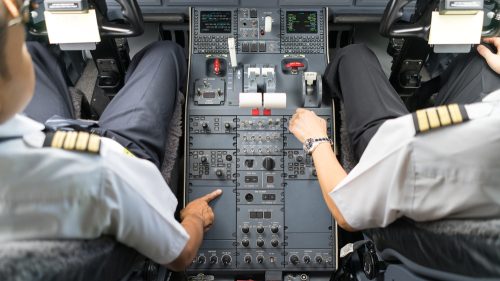
According to a new report from Insider, American Airlines pilots received new safety protocols for “critical incidents” on Jan. 3, which outlined cockpit communications for situations like low-visibility landings and how to alert flight attendants, among others, the outlet reported.
Speaking to Insider confidentially, pilots related that they were told via email they didn’t need to “feel undue pressure” to learn new procedures right off the bat. But that goes against previous practices, one American Airlines pilot said, as they are typically given formal training.
“We have training that we usually do on an iPad every quarter,” a pilot told Insider. “With this big a change, they should have issued iPad training and paid pilots to review the new procedure.”
Instead, pilots were allegedly told that they’d have to learn procedures on their own time, without additional training. “They just gave it to us and said, ‘You need to study this on your days off,'” the pilot added.
Dennis Tajer, a spokesperson for Allied Pilots Association, the union that represents American Airlines pilots, told Insider that pilots were given a 35-page bulletin and a 65-page manual.
One pilot warned of “anarchy.”
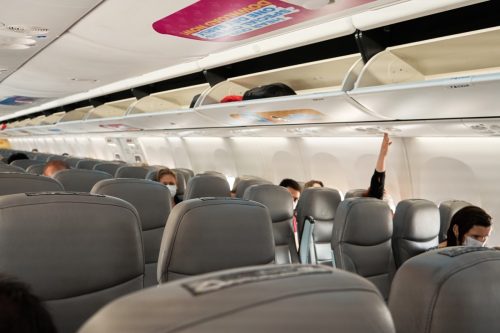
Pilots took issue with this approach, saying that it has implications for general safety on flights. “The problem with what the company is proposing is that it’s throwing away our carefully practiced script and leaving unplanned, unpracticed anarchy in its place,” one pilot told Insider.
Another said that pilots work together to ensure safety similar to the way an orchestra works together to produce music. “Unfortunately, if we pilots play out of tune, even a little, there can be life-threatening consequences to our audience,” they told the outlet. “If we screw up, it’s our pilot certificate that’s at risk. We get in trouble, we lose our job, we lose our license.”
Pilots speaking to Insider argued that they were told not to worry and that a firm knowledge of new protocols wasn’t necessary to ensure public safety. “How can you tell pilots that we have a procedure that you’re not required to know?” one said.
Making matters more complicated, Tajer told Insider that some American Airlines pilots were disciplined for saying they wanted to understand new rules and regulations before flying. However, a spokesperson for the airline denied these claims, the outlet reported.
RELATED: For more up-to-date information, sign up for our daily newsletter.
American said that its approach has been OK’ed by the FAA.
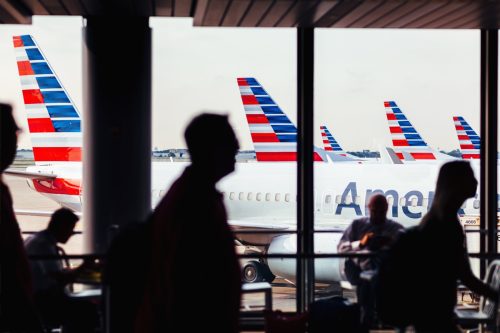
In a statement to Best Life, a spokesperson for American Airlines said, “Our commitment to safety is unwavering, which is why we regularly update our Aircraft Operating Manuals to ensure they represent the latest and safest information for our pilots. These changes represent industry best practice and ensure improved crew coordination and consistency across fleet types so that our pilots can easily transition across different aircraft if they choose.”
The spokesperson confirmed that the Federal Aviation Administration (FAA) approved this method of “familiarizing” pilots, noting that “these updates have been underway since 2021 and have been a coordinated effort with APA’s Training Committee.”
As with Insider, the American Airlines spokesperson maintained to Best Life that no pilots have been disciplined over wanting more time with these new safety protocols.
You can take some preventive measures.
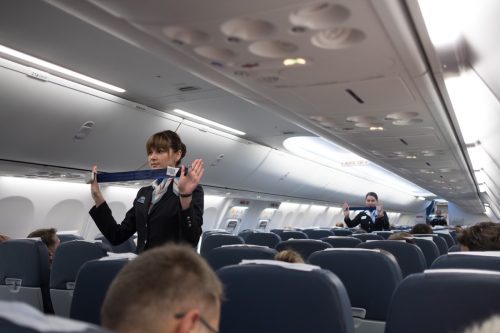
If this news makes you nervous, it’s important to remember that flying is still the safest way to travel, and you can also take easy steps to ensure your safety onboard.
“Aviation isn’t just the FAA, the pilot’s or the flight attendants’ job—it takes all of us,” the FAA page on passenger safety tips reads. “We all need to think about safety—even just for a minute.”
Many of us are guilty of keeping our headphones in during the safety briefing, but the FAA recommends paying attention and reading the safety briefing card as well. Keeping your seatbelt on is a good practice, too, and if you’re traveling with children under 40 pounds, they should be secure in an approved child safety seat or device.